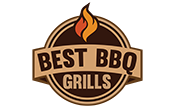The Ultimate Guide to Charcoal Grills: Which is Right for You?
There are many different types of charcoal grills on the market, but what is the right one for you? We're going to break down some of the most popular types and give you a few things to consider before making your purchase. If you want to find out more about how to grill with a charcoal grill, keep reading!
The Different Types of Charcoal Grills

There are three types of charcoal grills: basic, standard and specialty. The basic grill is the least expensive of the three, and it doesn't have any special features. A standard grill has more than just a grate for food; it also has a cover to protect the food from rain. The specialty version is made out of stainless steel and has built-in hooks. It also comes with a cover.
There are many different types of charcoal grills, each with their own set of pros and cons. There are the more basic styles that use a chimney starter and the more modern ones that are electronic to regulate their temperature. Some other grills offer a side burner for cooking vegetables while others can be used as an all-in-one grill.
The type of grill you should get depends on what your needs are. If you're grilling for a large group, it would be best to purchase a larger grill so there is plenty of room to cook the food. But if you only want grilled meats at home, then an electric or smaller size would suit your purposes more. When it comes to food, the best meats are grilled steak or pork chops. The easiest way is to marinate it in a sauce and then grill it on each side for about five minutes.
In order to get great tasting ribs, you'll need a smoker style grill that can offer indirect heating as well as direct heat so that they cook evenly.
The size of the grill is not just about cooking space, but also how often you'll be using it. If this will only be a once-in-a-while purchase for grilling fish and vegetables then an electric charcoal grill would work well because they're easier to use than other types with more features. But if you grill a lot, then you should get one that can be used for indirect cooking as well.
Charcoal grills have been around since the late 1800s and they are still popular today because of their versatility in how they cook food. You can grill vegetables on them too!
How to Choose the Right Charcoal Grill for You
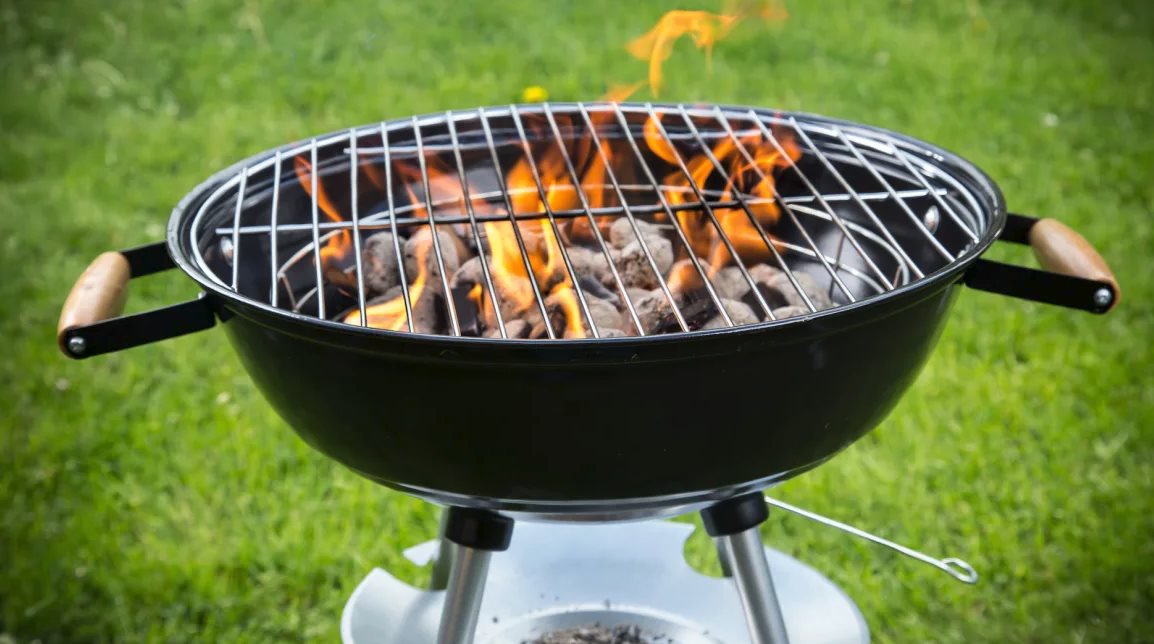
When deciding on which type of grill to buy You should think about what type of food you'll be cooking, where you'll be cooking, and how often you'll be cooking. The size of your grill may also affect your choice - some grills are small enough to fit on a table top while others are larger and can handle the entire meal for a large family.
Once you've considered these factors, it's time to consider your budget. You will want to consider the quality of the grill, the material from which it is made, and its durability. You will also want to think about any features that are important to you such as a built-in thermometer or space for charcoal storage.
Finally, take a look at our guide for tips on how to buy a charcoal grill.
What Features Do You Need in a Charcoal Grill
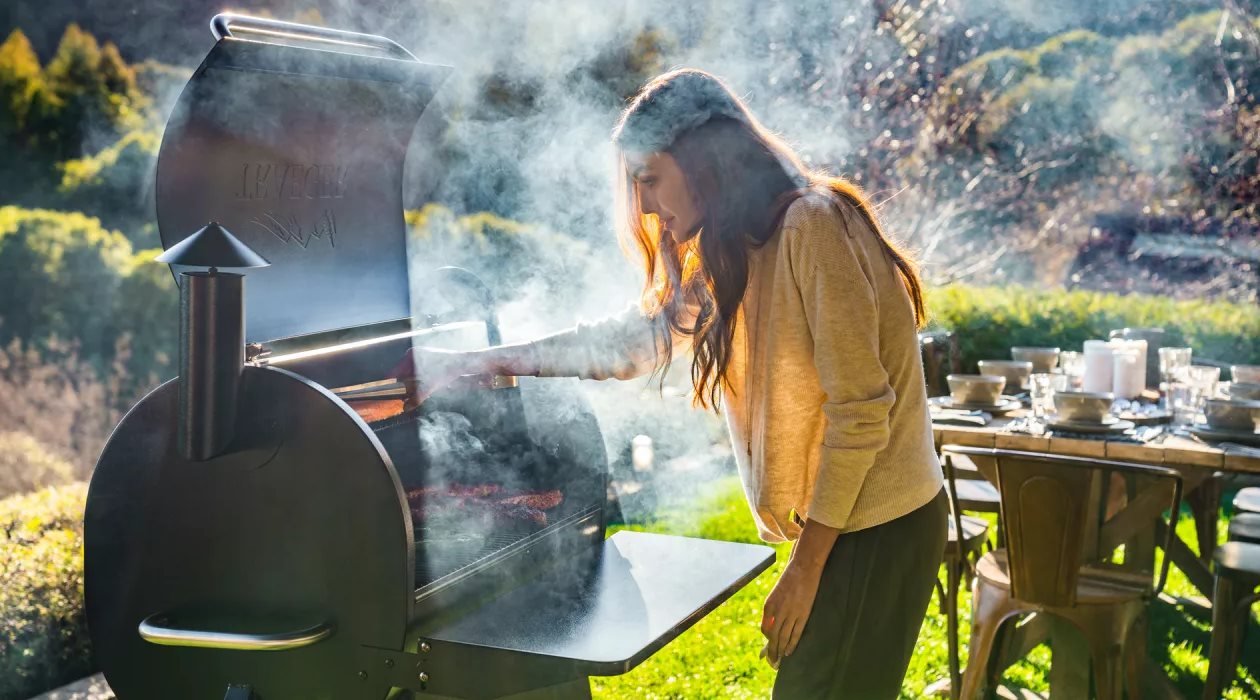
There are a few features you will need to consider in any charcoal grill of your choice. The first thing to look at is the size. It is important to best fit the needs of your family. You don’t want an extra small grill if all you have are four people who will be eating, but you don’t need a monster stove for just two person either.
It is also important that you consider how much space you have in your backyard or patio area for a large grill and hose it down when finished cooking as most models will not be self-cleaning and if left soaking wet are more likely to rust out from inside. Finally, think about what type of easy clean up features there are on the grill such as a grate that is removable and dishwasher safe.
- The size of the grill. Some people prefer to have a small, portable grill while others want more space for cooking.
- A vent on the top of the lid so you can add charcoal to the fire without opening up the grill.
- A water holder on one side of the grill, which is great for keeping food moist and juicy.
- A cool touch handle on the front or back for easy handling. Sometimes even with a glove it’s hard to hold onto an hot metal handle, this way you can use your bare hand if desired.
- A grill brush. This is one of the most important things in your armory of tools because it’s the only way to clean a grill. If you don't have this item, I recommend investing in one as soon as possible!
- Tongs are great for turning food and removing hot grates from the grill.
- A lighter is essential for lighting the charcoal and maintaining a steady fire throughout grilling time.
- Charcoal briquettes are available in different sizes, shapes, styles and flavors so it’s important to know what you want before buying them. I recommend using natural hardwood coals if possible as they produce a better flavor and less ash.
- A drip tray is another important item that catches the fat from food running off onto your coals, keeping them cleaner for longer periods of time.
- An adjustable cooking grate will change how high or low you can cook food on a grilcoal l so it’s very versatile allowing different heights to be achieved for a variety of dishes.
- A thermometer gauge is important if you’re unsure how to tell when your food is done, it will show the internal temperature which can help measure doneness and cook time more accurately.
Pros and Cons of Charcoal Grills
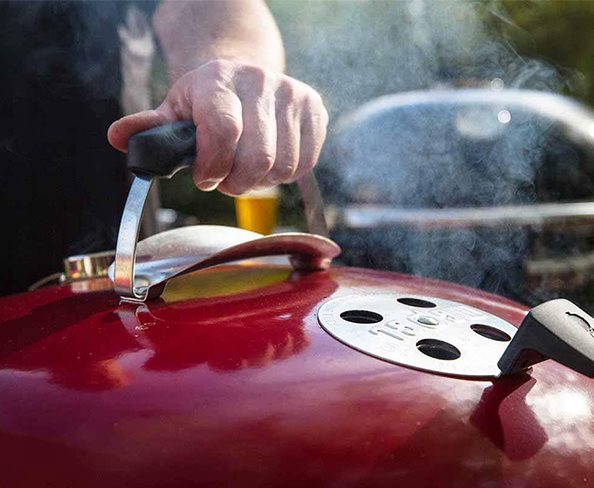
Pros: cooking with a charcoal grill provides more flavor, more smoky flavor due to the use of wood chips or chunks in the firebox to create smoke. The meat is given a flavor and crust that are not captured when cooking on gas grills.
Pros for grilling food: the heat of a charcoal fire is less intense than gas so it can be ideal for shredded meats like pulled pork, jerky, vegetables and fruit.
Cons for charcoal grills: maintaining temperature control of the grill can be a challenge since it's an open flame. There is no temperature gauge on most models to regulate the heat output which means you have to watch it constantly during cooking to make sure it doesn't get too hot before you notice.
Smoke and Flavor: the smoke from charcoal grills adds to the flavor of food, but there are some disadvantages as well- it can be a nuisance for people who suffer from allergies or asthma, especially if you cook in enclosed spaces like your backyard.
The good thing about using charcoal instead of gas or electric grills is that there are no chemicals in the food, you know exactly what it is and that there’s no risk of electric shocks.
The downside with charcoal grills is that they can be messy to use and start fires if not used correctly. The other downside is because they are less common than gas or electric, people sometimes don't want to deal with them.
How to Clean and Care for your Grill

Cleaning and caring for your grill is a little bit more involved than just putting some soapy water on it and wiping it off. There are specific steps to take when cleaning your grill that will keep it in good condition.
Step One: Cleaning the Grill Grate
Keeping the grates clean and free from buildup will make them easier to maintain in the long-term, therefore, I recommend spraying them with a wire brush before cooking on them. Not only will they be easier to clean but you'll also prevent sticking. If you find that your grates are too difficult or time consuming to clean, an alternative is purchase a perforated grate that makes the process much faster.
Step Two: Caring for the Cooking Grates
Once you're finished cooking, I'd recommend cleaning your grates with a wire bristled brush or scraper just before storing them. This will help keep any remaining residue from sticking and prevent rusting during storage. If that is too difficult or time consuming for you there are also disposable grill mats available to purchase at your local grill store.
Step Three: Cleaning the Burner
The burner on a grill charcoal is also an area that will require cleaning and care in order to maintain it's function. The first step for this process is to clean out your ash pan, removing any remaining debris from cooking so you can start fresh during your next use. Be sure to pour boiling water into the pan and allow it to simmer for a few minutes before scrubbing with your wire brush.
Once you've finished cleaning, turn off the grill and use an oil-soaked rag or paper towel to wipe down all surfaces of the burner. This will ensure that any leftover food residue is sealed in and kept out of the burner.
Best Foods To Cook On A Charcoal Grill
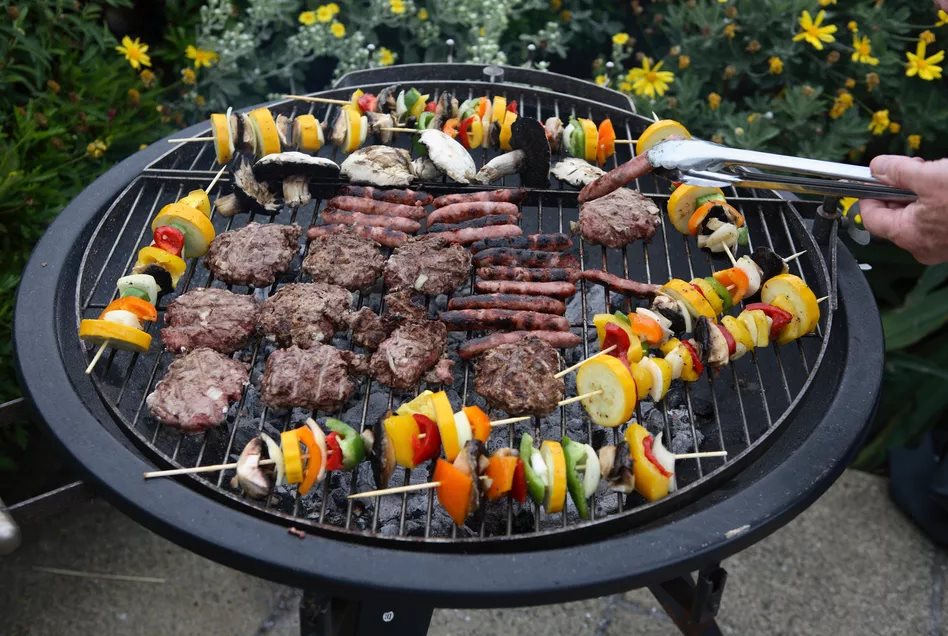
The best things to cook on a charcoal grill is hard to tell, as different people have different preferences. I would suggest to start off cooking a steak or hamburger so that you can figure out if you are more of a grilling person or a smoking person. Once you figure that out, then your next step is figuring out which of the two types of grill you prefer. A charcoal grill will give you the traditional tastes with less flavor and less expensive; A smoker will give you a little more complexity in taste and require a lot more attention and time.
You'll need to decide what type of food will be easier for you to cook first before deciding on which style of grill you should choose. There are some foods that work better on charcoal grills than others, like burgers, steaks, chicken and fish.
We recommend getting a grill with the three different types of cooking surfaces: A flat top for searing meat; A grate in the center where you can place your food to cook it all around; And finally a rack that goes at the bottom of the grill for indirect cooking.
There are plenty of foods that can be cooked on a charcoal grill. Here are a few recommendations:
- Rib Eye Steaks
- Kebabs (lamb, pork, chicken, beef)
- Burgers
- Ribs (pork or beef)
- Chicken or pork tenderloin
- Flat iron steaks
- Pork chops
- Chicken breasts (whole or cut into halves)
- Bone in chicken thighs, wings and drumsticks.
It's worth noting that some of these items will be easier to cook on a gas grill because they have less fat content as well. But if you're looking for the best flavor, charcoal grills are hard to beat.
Pizza is always a good idea for your backyard barbecue. You can make it on a charcoal grill, and it will come out just the same as oven-baked pizza. Pizza cooks on a charcoal grill in roughly five minutes with a 10-inch pie.
This also works for hot dog buns or hamburger rolls. Cut the buns or rolls in half and place them cut side down on the grill. Close the lid and let them cook until toasty brown and warm all the way through.
If you love dessert, another wonderful option is peach cobbler. It's easy to do - put your sliced peaches in buttered pie-dough, douse with brown sugar and butter, bake for about 20 minutes, and then serve with ice cream.
These are just a few of the many foods you can cook on your grill! There is also grilled chicken, lamb chops, beef burgers and more. With all these options in front of you, how will you choose what to make for dinner?
Let's Get Grilling!
To find the best grill for your needs, consider what type of food you'll be cooking most often. If you're a novice griller or someone who only cooks occasionally, then it's probably better to purchase a more affordable and simplified model that has less features than one geared towards expert chefs. On the other hand, if you plan on using your new grill frequently- say in an outdoor kitchen with plenty of space- then investing in a higher quality option is worth it because this will last longer and provide more flexibility as well. Finally, make sure to take care of your investment by cleaning after each use and following these basic steps: Brush off any ash; Season with oil or dry rub before first use; Use lighter fluid instead of starting with a chimney starter; Keep your grill covered when not in use.
